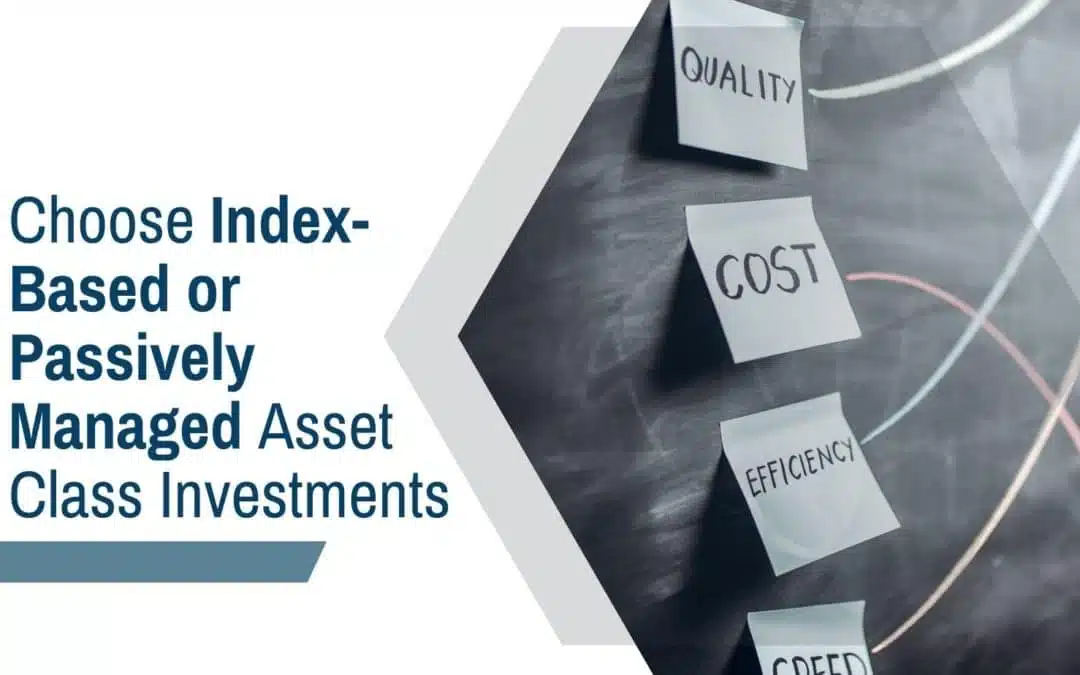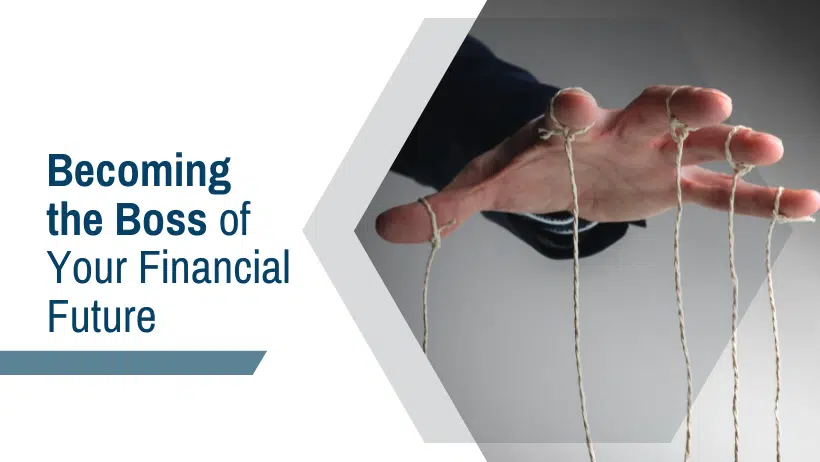
Winning Investing & Planning Principles: Putting It All Together
Becoming an empowered investor is as much about identifying what financial serenity means to you as it is about understanding the mechanics of investing.

Becoming an empowered investor is as much about identifying what financial serenity means to you as it is about understanding the mechanics of investing.

Discover how investment factors can help you maximize returns. Learn strategic factor investing to enhance your portfolio.

Index-based or passive asset class funds focus on how to reduce the costs and frictions involved in capturing the market’s generous expected returns over time.

The magic behind diversification is found in a financial measure known as correlation, or the degree to which two asset classes move in similar patterns.

Evidence suggests your portfolio’s asset class mix has a much larger impact on its variation of returns, compared to stock-picking and/or market-timing techniques.

To appreciate evidence-based investing, it helps to look at its historical roots, planted more than a half-century ago, and incorporated into its early solutions: index and passive asset-class investment strategies.

How do you ensure your best financial interests are the top priority when you invest? One way is to use evidence-based investing instead of traditional active investing

Here we zoom in on your best power plays for the age 35–65 sweet spot, when you’re not yet fully financially independent, but you’d love to do all you can to get there sooner than later.

Maximize your financial potential with tailored investment strategies for 25-35-year-olds, leveraging time and compound growth for long-term wealth.

Having a retirement plan and investment plan is key to preparing for long-term financial security. Additional components factor in as well, including debt management, risk management, tax planning, and estate planning.

How do you protect against an invisible enemy like behavioural bias? Four lines of defense can help: education, process, time, and objective advice.

Even if you start out with a well-diversified portfolio, you’re far more likely to lose your way if you have no big-picture plan to guide your cohesive course.